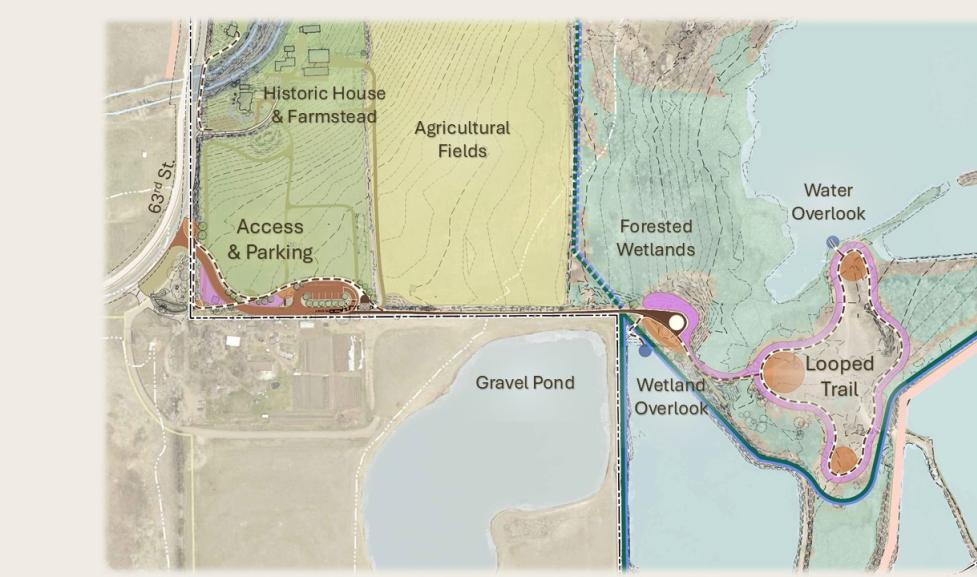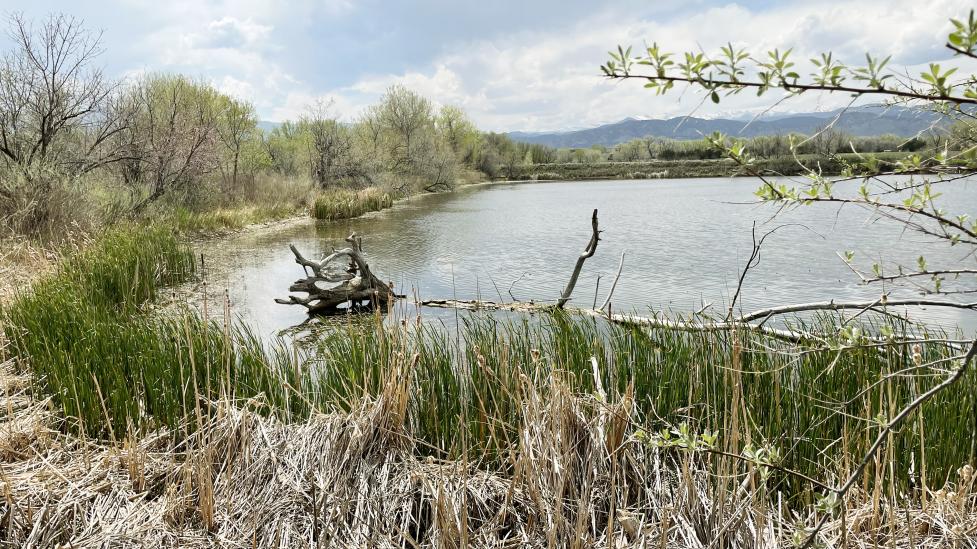The City of Boulder thanks community members and Tribal Representatives for providing input!
Engagement Window 3 (September, 2025): A community workshop was held on Sep. 22, 2025 and a questionnaire was open from Sep. 22 through Oct. 5, 2025. This step of the planning process focused on how the unique, educational, and reflective "Interpretive Experience" will unfold along the Healing Trail. Community members (along with OSMP staff, design consultants and Tribal Representatives) considered different areas of the site, providing input on the visitor experience, interpretive layout, interpretation tools and types of content.
Community members indicated a desire for visitors to experience:
- Peace, serenity and relaxation
- Respect/reverence/appreciation for people and land
- Understanding need for healing/encourage healing
Several types of learning tools and content were considered effective: historical narratives, photographs, illustrations, stories, maps, timelines, quotations, audio elements, sculpture, native plants, and offering areas.
Community members also provided input about specific interpretive elements:
- Stone Marker: When asked what to do with the historic stone marker (which inaccurately refers to the Sand Creek Massacre as an "Indian Uprising"), there was a preference towards reinstalling the marker on-site with additional interpretive information.
- Fort Chambers: Community members were asked how Fort Chambers should be portrayed. Many preferred an artistic interpretation of Fort Chambers and suggestions included a (non-sod) replica of a single corner of the fort or its entry gate. Interpretive signage with illustrations/photographs was also a desirable option.
Additional information about these engagement opportunities is included in a memo prepared for the Open Space Board of Trustees PDF.
Engagement Window 2 (June, 2025): Community members helped prioritize ideas, stories and perspectives to shape the healing trail through a community workshop and an online questionnaire. We learned that all of the community stories, ideas and perspectives shared are important. The most important themes for representation along the interpretive trail are:
- Fort Chambers, Company D, and the Sand Creek Massacre
- Perspectives of Indigenous Peoples
- History of Boulder/Valmont and Poor Farm
More details can be found in the memo prepared for the Open Space Board of Trustees PDF.
Engagement Window 1 (March 2025): Community members shared ideas for what stories should be told and common threads included:
- Historical Acknowledgment: Participants called for transparent storytelling about Company D, the Sand Creek Massacre, and historical misinformation.
- Reflection: Many stressed the need for the site to foster reflection and education around past injustices to Indigenous peoples.
- Indigenous Representation: Participants expressed a desire for the design to prioritize Tribal voices and accommodate Tribal needs.
A detailed summary of the input PDF received, and a full compendium PDF, that includes all input from March 2025 are also available.



